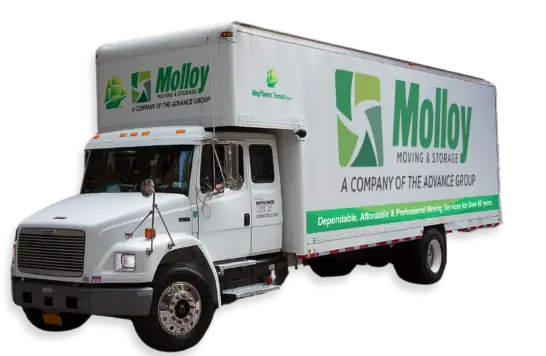Properly planning for a move can help your family avoid several common blunders that might result in stressful moving day situations.
Here are some typical moving missteps and how to avoid them.
1. Taking Care of Moving Duties Last Minute
You aren’t finished packing when the movers arrive, and you still have lots to do.
Moving is a multifaceted process that you best complete in stages. This is why a moving plan is essential.
Include these items on your moving plan. Don’t leave these things until the last minute:
- Schedule utility services at your new home and terminate active ones at your old home.
- Identify new schools and doctors.
- Transfer kid’s medical and school records.
- Transfer your pet’s veterinary records and update pet tags and microchip information.
- Pack an essentials box
While these are only a few things to include on your checklist — you don’t want to leave these off.
2. Taking Too Many Tasks On Personally
Some people don’t want to forfeit any control and, as a result, don’t delegate any of the moving work and responsibilities. This can be a setback.
Because no one is quite a superhero, you likely can’t do everything on your own and maintain sanity. Get assistance from friends and family members when possible.
They can help with moving heavy items, packing, inventorying, and labeling boxes. A simple solution is to call in professional movers to handle things like packing and other tasks for you.
3. Winging it with the Kids and Pets
Kids and pets can get underfoot during a household move, and it can be a real problem and concern.
Make a plan to have a friend or family member watch the little ones or your pets at their home on moving day. If that’s not an option, dedicate a “safe room” at your current home where the kids and pets can stay with a responsible adult while the movers get their job done.
4. Leaving Appliances to the Last Minute
Many people who are planning a household move neglect to get their major appliances ready for the transition, which can cause a delay.
Make a plan to get your large appliances ready for the move. If you plan to take them with you on moving day, make sure they are ready:
- Schedule a plumber or electrician to prepare your appliances by disconnecting them and getting them ready for transport. Likely, your movers won’t disconnect gas lines or hoses, and if those aren’t disconnected, they can not move your large appliances for you.
- Prepare your refrigerator and freezer by emptying, unplugging, defrosting, and drying them out several days before your scheduled move. The less moisture in those appliances, the better. If you leave any moisture in your refrigerator or freezer, mold can grow. The night before your move, use a towel to absorb any remaining moisture and leave the doors open to let it dry out completely.
5. Not Knowing What Moving Companies Can’t Move
Moving companies can not move dangerous items, but sometimes people don’t realize that this is when they are packing.
Know the things that your professional movers can not move and plan accordingly. Here are some examples.
Hazardous items
- Corrosive liquids such as household paint
- Explosives, like fireworks or signal flares
- Flammables including charcoal, glues, ammonia, gasoline, propane, fertilizer, insecticides
- Compressed gasses, including fire extinguishers
Perishable items
- Food without adequate preservation
- Frozen food
- Produce
- Open or half-used foods
- Plants (indoor and outdoor)
Check with your movers for a complete list of non-allowable items.
On the Move
Using this advice and early planning can significantly reduce moving day stress, allowing you to embrace the new adventure you’re going on with greater confidence.
If you need help with your move, contact us today. We can help you avoid moving day missteps and support your transition to your new home.



